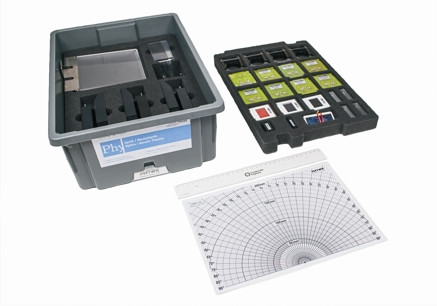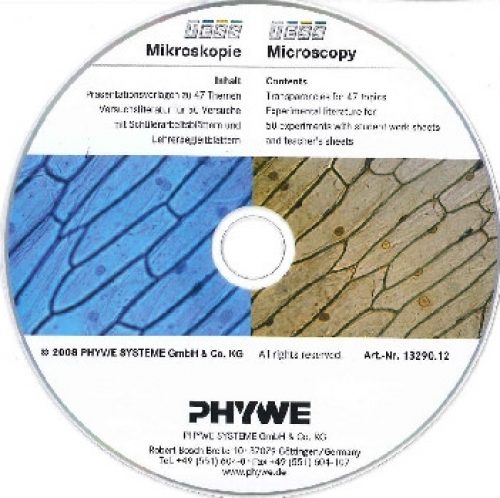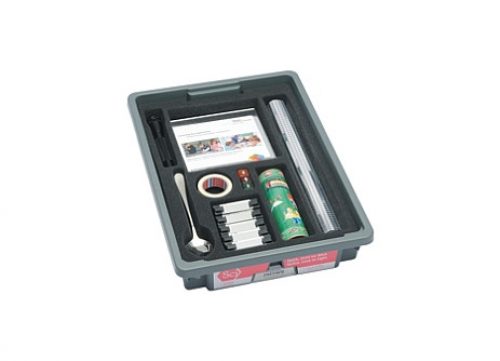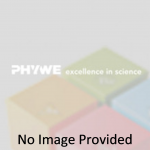Only logged in customers who have purchased this product may leave a review.
Student Basic Set – Optics / Atomic physics – Analog Set – 16 Experiments
$0.00
ABOUT THIS PRODUCT:
Function and Applications
Equipmentc set allowing the performance of 16 experiments about the following topics:
- Spectroscopic analysis (2 Experiments)
- Diffraction on a grating (1 Experiment)
- Diffratction on everyday life’s objects (2 Experiments)
- Absorption and fluorescence (3 Experiments)
- h-Determination with light emitting diodes (1 Experiment)
- Bandgap of semiconductors (1 Experiment)
- Investigation of solar cells and fotodiodes (2 Experiments)
- Electric and optical properties of LED (2 Experiments)
- Polarisation of light (2 Experiments)
Benefits
- Complete equipment set: simple execution of the Experiments
- The equipment is stored in a rugged, stackable and compact box, allowing quick control of completeness (foam insert)
- Experimenting literature for pupils and teachers available: minimal preparation time
- Matched with international curriculum: all topics are covered
- Through the use of a stable optical bench made of metal safe and exact experimental setups
- Easy teaching and efficient learning by using the interactive Experimentation software interTESS
Equipment and Technical Data
- The equipment set consists of all necessary components for the Experiments
- Robust, stackable storage box with a foam insert fitting to the contained equipment
Necessary accessories
- TESS advanced Optics / Atomphysics necessary accessories for 1 group (13466-88)
Optional accessories
TESS advanced Physics manual optics/atomic physics (13286-02)
interTESS DVD, complete version with all Experiments in physics, chemistry, biology and applied sciences (01100-00)
interTESS DVD Physics, optics/atomic physics Experiments only (01056-00)
16 Experiments:
- Why is the sky blue?
- What does the spectrum of a light-emitting diode (LED) looklike?
- What does the LED spectrum look like with a transmissiongrating?
- What is the groove spacing on a CD?
- What can one learn from diffraction patterns?
- How is light attenuated when it passes through matter?
- When does a substance fluoresce?
- How is light attenuated by liquids?
- How are the energy and the colour of light connected?
- When is a light-emitting diode a receiver?
- How does the intensity of light decrease a function of thedistance?
- What does the photoelectric current of a solar cell dependon?
- At which wavelength does an LED emit light?
- What does the UI characteristic of an LED look like?
- How does light oscillate?
- How can light be “distorted”??









Reviews
There are no reviews yet.